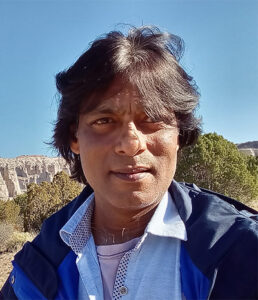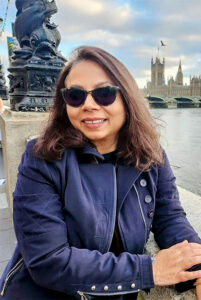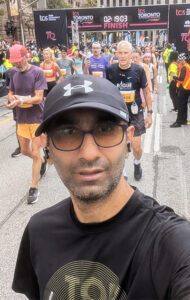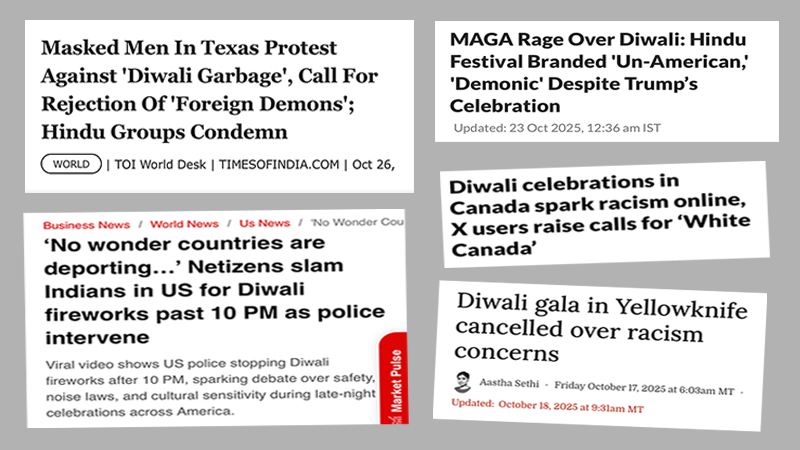Many Indians are giving a new context to racism. News reports and social media flashes are suddenly flush with how the West, especially countries which have a sizeable Indian diaspora, have had enough, and are now taking to the streets to protest or venting unrestrained “hate” on online networks. To add fire to the rain of disapprovals, the Diwali heat this year — ignited by visuals of revellers littering and noise-polluting their adopted home countries — is still viral, and shows no sign of simmering.
“There are over 35 million overseas Indians, including Non-Resident Indians (NRIs) and Persons of Indian Origin (PIOs), according to data from late 2024” a Google search straightaway informs you. Every year, approximately 2.5 million Indians emigrate, making them the largest global diaspora. But good-natured jokes like how Neil Armstrong found an Indian on the Moon (already settled there) have fallen flat in recent times: from being felicitated as the ubiquitous “model community” once upon a time, those hailing from the world’s most populous country are now at the receiving end of a racial backlash.
In 1958, William Lederer and Eugene Burdick co-wrote The Ugly American, which served as the diplomatic/political coup de grace of the American order. In semantics, the book’s derivative, ‘Ugly American’ — a stereotypical representation of an American tourist as a brash and insensitive philistine — went on to become a pejorative. Circa 2025, ‘The Ugly Indian’, a clumsy representation of an Indian immigrant as a brash and insensitive philistine is all set to be a non-pejorative
NRIFocus spoke to a bunch of Indians — NRIs, PIOs and citizens — to gauge their opinions on the current perception.
“The ‘model’ community hasn’t done itself any favours”
 Avirook Sen – Veteran journalist and best-selling author, Avirook divides his time between Dallas and Kolkata
Avirook Sen – Veteran journalist and best-selling author, Avirook divides his time between Dallas and Kolkata
“For some Americans — the Trump base in particular — way too many pagan demons have been granted H1B visas. The trolling and bigotry that fuels this perception comes from a place of both ignorance and envy: Indian Americans earn more, are disproportionately represented at the highest levels of corporate America and their 8-year-olds spell way better than the much admired President. Yet it must be said that the ‘model’ community hasn’t done itself any favours. Fringe groups that conflate the ideas of Hinduism and Indianness have sprung up all over, attempting to establish identity via the noise of Chinese fireworks. The Indian diaspora is pretty amenable to the politics of exclusion and ‘othering’. It didn’t make a fuss when Haitians were branded pet eaters. But with a famous dog killer at the helm of immigration affairs, the Indian immigrant is paying the price for thinking his turn to be told to go home (or to El Salvador) would never come. As for the community’s leaders, there’s a cringe-inducing sycophancy on display, and bundles of protection money for such vital assimilation projects as a new ballroom at the White House.”
“A certain ‘type’ of Indians are giving the country a bad name”
 Rita Roy Massey – A market researcher, Rita is based in Toronto
Rita Roy Massey – A market researcher, Rita is based in Toronto
“I’ve been here [in Canada] for seven years now, and it’s getting worse: the way the new immigrants abuse the liberal laws Canada has in place. At times, I wonder how they managed to even get in… Probably because of Trudeau’s open immigration policy, which is one of the reasons why his government failed. Even back in India, we would have been avoiding the type of people who are giving India a bad name here in Canada by littering, not following the laws of the land, indulging in criminal activities.… the sort who feel ‘I will exploit my freedom here, just the way I would in India’.
The qualified Indian immigrants who came here earlier are also getting a very bad name because of them, and being targeted. And there’s full-blown racism now, with the new ‘hate’ towards Indians segueing into a jobs’ crisis. I even know of older immigrants who are changing their surnames to not be ‘identified’ as Indian.
There are many other nationalities who commit even graver crimes here but because the number of Indians is so high, the entire community is getting racially profiled. It’s just sad.”
“We need to make our cultural display better”
 Simerjit Singh – A hospitality operational head, Simerjit is based in Toronto
Simerjit Singh – A hospitality operational head, Simerjit is based in Toronto
“Most Indians migrated offshore in the search of a better future. And… brought their way of life along with them. While some of us adopted ‘When in Rome, do as the Romans do’ and mixed well with society, learning and mingling with different cultures, many others did the opposite. ‘This is the only way we roll,’ they say, and feel very proud in doing so. ‘I will let off fireworks at 1am, because it’s Diwali. I don’t care if you got to get to work at 7am.’
This behaviour is being seen as chaotic, uncivilized and lacking civic (common) sense…easily providing a branding to all those who wear brown skin. I feel being seen the same way on the streets — a part of the herd, in spite of my non-subscription to this way of life, even when I lived in India.
This weaponization to unfairly target all of us need to stop. We made yoga famous everywhere. Folks, we need to make our cultural display better, while still being proud Indians.”
“The assertion of Indianness has never been stronger”
 Sharmila Bhowmick – Media entrepreneur and editor, Mocha Ink Mag, Sharmila is based in Delhi
Sharmila Bhowmick – Media entrepreneur and editor, Mocha Ink Mag, Sharmila is based in Delhi
“Indians have in recent years registered unprecedented success in various fields in the US and other Western countries. The display of this success has drawn criticism and eventually cultural friction. While Indians living abroad have always held their culture close, grand and open display of Indian functions is a new development. From dandiya to Diwali festivities, fireworks were visible at key locations of major cities this month. One does not know if it can be labelled as ‘jingoism’, but certainly the assertion of Indianness has never been stronger. The bonhomie has obviously not been well received. But the question remains: when the entire world has turned into a melting pot of cultures, will a watertight approach for containing cultural idiosyncrasies actually work? We are celebrating Halloween in India now for God’s sake. Every culture and community has its days — and the best way to deal with it is through curiosity, tolerance and even participation. Loosen up everyone.”- Sushmita Bose is Consulting Editor, NRIFocus.com


Leave a Reply